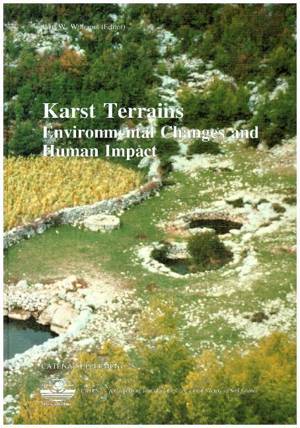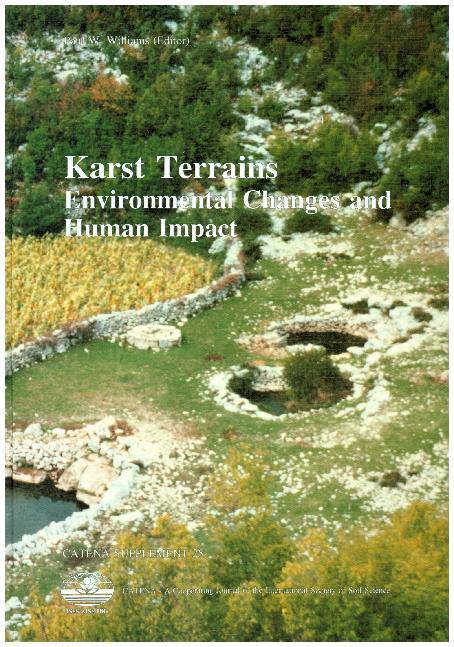
- Afhalen na 1 uur in een winkel met voorraad
- Gratis thuislevering in België vanaf € 30
- Ruim aanbod met 7 miljoen producten
- Afhalen na 1 uur in een winkel met voorraad
- Gratis thuislevering in België vanaf € 30
- Ruim aanbod met 7 miljoen producten
Zoeken
Karst Terrains
Environmental Changes and Human Impact
€ 95,45
+ 190 punten
Omschrijving
Natural environmental change and that induced by human activity have operated concurrently in karst terrains for about 0.5 Ma, although significant human impact is only recognizable for the last 10 000 years or so. Natural and human induced changes are sometimes difficult to separate, but human impacts occur at a different rate and are often of a different type to those changes caused by natural processes. Human impacts on karst terrains have been caused by cave occupation, deforestation, agricuture, water exploitation, quarrying and mineral extraction, urbanization, military activity, and tourism and recreation. Undoubtedly the most profound impact has come from devegetation of karsts and follow-up agricultural activity that results, at its extreme, in a very severe form of land degradation justifiably termed 'rocky desertification', which is widespread in parts of the Mediterranean basin and is still spreading in southern China. Water resource depletion by excessive pumping and contamination is also a widespread and growing problem. In karst, impacts occur both above and below ground and may arise from both direct and indirect activities both within and beyond the confines of the karst terrain. There is often urgent need for appropriate land and water management to promote rehabilitation, ensure ecosystem sustainability, and conservation of potential world heritage sites.
Specificaties
Betrokkenen
- Uitgeverij:
Inhoud
- Aantal bladzijden:
- 268
- Taal:
- Engels
- Reeks:
- Reeksnummer:
- nr. 25
Eigenschappen
- Productcode (EAN):
- 9783510653669
- Uitvoering:
- Hardcover
- Afmetingen:
- 170 mm x 240 mm
- Gewicht:
- 700 g

Alleen bij Standaard Boekhandel
+ 190 punten op je klantenkaart van Standaard Boekhandel
Beoordelingen
We publiceren alleen reviews die voldoen aan de voorwaarden voor reviews. Bekijk onze voorwaarden voor reviews.







